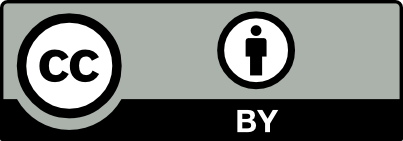Analysis of the Influence of Insulation Moisture during Long-Term Exploitation of Transformers on Their Reliability as Determined by Alternating Current Electrical Parameters
Artykuł w czasopiśmie
MNiSW
140
Lista 2024
| Status: | |
| Autorzy: | Żukowski Paweł, Kierczyński Konrad, Rogalski Przemysław, Bondariev Vitalii, Zenker Marek, Pająk Rafał, Molenda Paweł, Kołtunowicz Tomasz |
| Dyscypliny: | |
| Aby zobaczyć szczegóły należy się zalogować. | |
| Rok wydania: | 2024 |
| Wersja dokumentu: | Drukowana | Elektroniczna |
| Język: | angielski |
| Numer czasopisma: | 8 |
| Wolumen/Tom: | 17 |
| Numer artykułu: | 1952 |
| Strony: | 1 - 23 |
| Scopus® Cytowania: | 0 |
| Bazy: | Scopus |
| Efekt badań statutowych | NIE |
| Finansowanie: | This research was supported from the state budget within the programme of the Ministry of Education and Science entitled ‘Science for Society II’ project no. NdS-II/SP/0173/2024/01 total project value PLN 1,462,590.80. |
| Materiał konferencyjny: | NIE |
| Publikacja OA: | TAK |
| Licencja: | |
| Sposób udostępnienia: | Witryna wydawcy |
| Wersja tekstu: | Ostateczna wersja opublikowana |
| Czas opublikowania: | W momencie opublikowania |
| Data opublikowania w OA: | 19 kwietnia 2024 |
| Abstrakty: | angielski |
| This paper presents the results of the study of the direct current (DC) and alternating current (AC) electrical properties of an electrical pressboard–bio-insulating oil–water composite in a wide range of water content and temperatures used in electric power transformers. These parameters allow the level of insulation reliability to be determined after many years of operation of power transformers. To analyse the experimental results, a model of the DC and AC conductivities of nanocomposites based on the quantum-mechanical phenomenon of electron tunnelling was used. It was found that in a low-frequency region, the conductivities of AC and DC and their activation energy are equal. The relaxation times of AC conductivity and permittivity are also equal. It was found that the dependence of the DC conductivity on the distance between water molecules is an exponential function. On the basis of the model of conductivity by electron tunnelling between potential wells, the average number of water molecules in a nanodroplet, located in a composite of electrical pressboard–bio-insulating oil–moisture was determined to be (126 ± 20). It was found that the measured dependencies of DC and AC conductivity, permeability and dielectric relaxation times are consistent with the results of computer simulations performed on the basis of the model. This study showed that the composite of pressboard impregnated with bio-oil spontaneously transforms through water absorption into a pressboard–bio-oil–water nanocomposite. These will serve as the basis for the application of actual conductivity and dielectric relaxation mechanisms to improve the accuracy of moisture estimation in the solid component of power transformer insulation carried out on the basis of measurements of DC and AC properties. This will improve the operational safety of the transformers, minimise the occurrence of transformer failure and the associated environmental pollution. |

